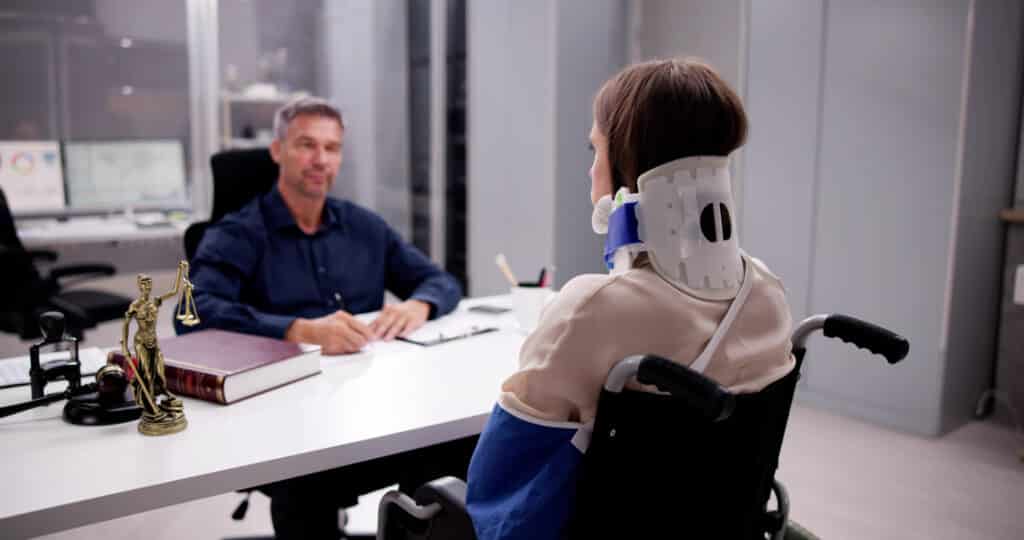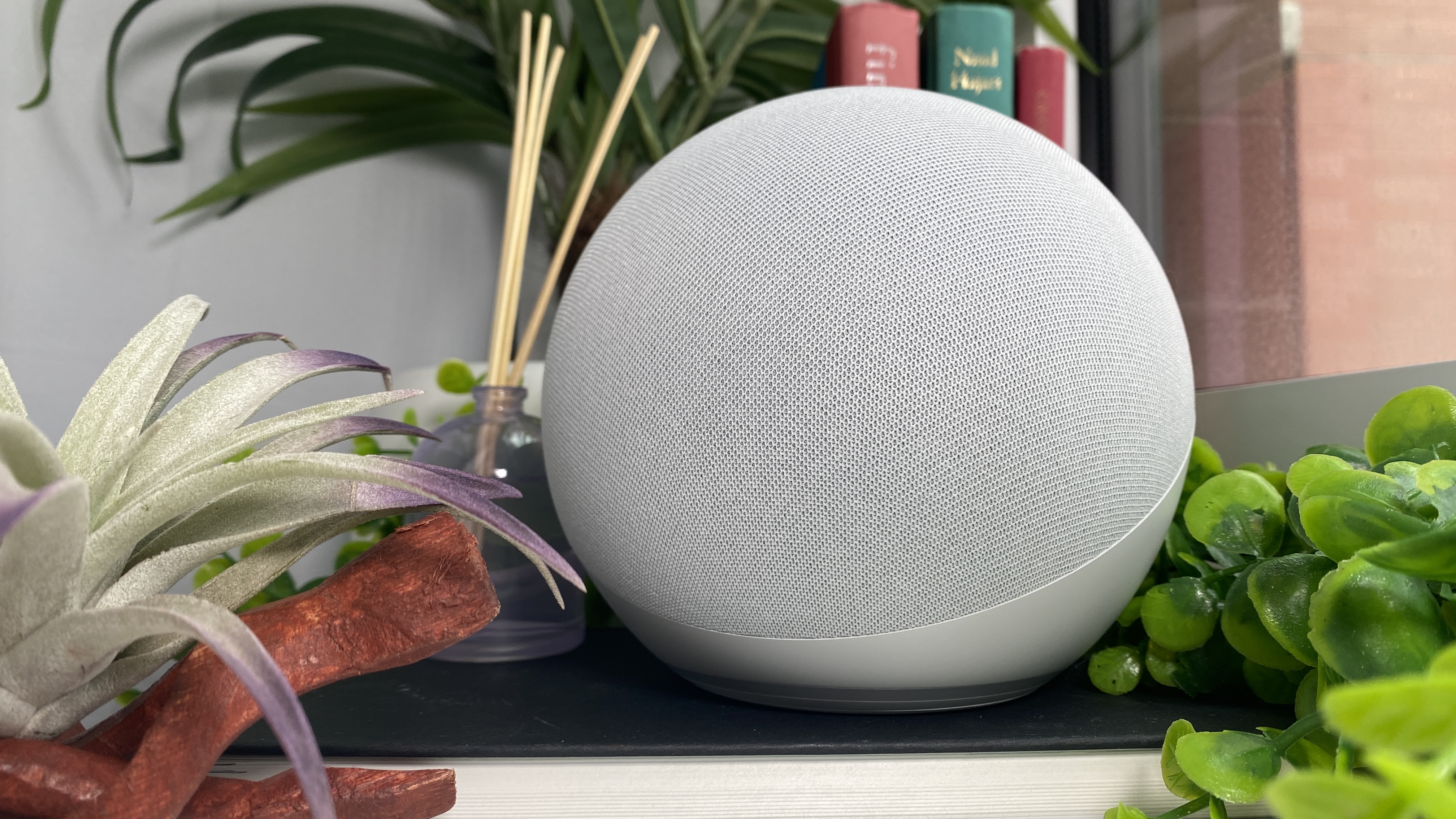When it comes to purchasing a diamond, one of the most common questions is, “How big is your diamond?” The size of a diamond can significantly impact both its appearance and its value. Understanding the factors that determine the size of a diamond and how to choose the right size for your needs can help you make a more informed decision when buying a diamond. In this article, we will explore what diamond size means, how it is measured, and how to choose the perfect size for your jewelry.
What Does “How Big Is Your Diamond” Really Mean?
When people ask, “How big is your diamond?” they are generally referring to the carat weight of the diamond. Carat weight is the standard unit used to measure the size of a diamond. One carat is equivalent to 200 milligrams or 0.2 grams. The larger the carat weight, the bigger the diamond appears. However, it’s important to remember that carat weight is not the sole factor that determines a diamond’s size. Other factors, such as the diamond’s cut and shape, can also affect its perceived size.
If you’re asking yourself, “How big is your diamond?” it’s essential to consider both the carat weight and how well the diamond is cut. A diamond with a high-quality cut can appear larger than its actual carat weight, while a poorly cut diamond might look smaller. Understanding the relationship between carat weight and cut is key when determining how big your diamond will look in a ring or piece of jewelry.
How Carat Weight Affects the Price of Your Diamond
One of the main reasons people are concerned about how big their diamond is has to do with the price. Diamond prices typically increase with the size or carat weight of the diamond. Larger diamonds are rarer and harder to find, which contributes to their higher price tag. Therefore, the size of the diamond will directly impact its cost.
When considering how big your diamond should be, it’s important to strike a balance between the size you desire and the budget you have. Many buyers choose diamonds just shy of major carat milestones to get a larger stone at a lower price. For example, a 0.90-carat diamond may look nearly identical to a 1-carat diamond but can cost significantly less. If you’re wondering how big your diamond should be, your budget will play a big role in determining the size.
The Role of Diamond Cut in Determining Size Perception
While carat weight is an important factor in determining how big your diamond is, the cut of the diamond plays a crucial role in its visual impact. A well-cut diamond reflects light in such a way that it maximizes its brilliance, making it appear larger and more vibrant. On the other hand, a poorly cut diamond may look smaller than its actual size because it doesn’t reflect light as effectively.
If you’re wondering how big your diamond will appear, consider the cut quality. A diamond with an excellent or ideal cut will enhance its visual size, while a diamond with a poor cut might look smaller despite its higher carat weight. The cut is so important in this regard that it can even outweigh the effect of carat weight when it comes to the overall appearance of the diamond.
Choosing the Right Size for Your Engagement Ring
When it comes to engagement rings, one of the most frequent questions is “How big is your diamond?” The size of the diamond you choose for your engagement ring is a personal decision that should be influenced by your preferences, style, and budget. While some may prefer a larger diamond that makes a bold statement, others may opt for a smaller diamond that’s more subtle and refined.
The decision on how big your diamond should be often depends on the design of the engagement ring as well. For instance, a halo setting can make a smaller diamond appear larger by surrounding it with smaller diamonds. If you prefer a more understated style, a solitaire setting with a smaller diamond might be the right choice for you. When asking, “How big is your diamond?” remember that the setting and design can also influence the overall appearance of the stone.
Does Diamond Shape Affect How Big It Looks?
The shape of your diamond can also influence how big it appears, even if two diamonds have the same carat weight. For example, a round brilliant cut diamond tends to appear smaller than an emerald or oval-shaped diamond of the same carat weight. This is because round diamonds tend to have more depth, while other shapes spread out more, creating the illusion of a larger size.
When considering how big your diamond should look, it’s essential to take into account the shape that best complements your style. If you’re interested in a diamond that looks larger, consider shapes like oval, marquise, or pear. If you’re unsure about which shape would suit your preferences, consulting with a jeweler can help you determine the best option.
How to Make Your Diamond Look Bigger Without Increasing Its Size
If you love the idea of having a larger diamond but have a limited budget, there are a few tricks you can use to make your diamond appear bigger without increasing its actual carat weight. As mentioned earlier, choosing a diamond with a well-executed cut can make it look larger. Additionally, opting for a setting that highlights the diamond can also enhance its appearance.
A popular setting that makes lab created diamonds look bigger is the halo setting, where a circle of smaller diamonds surrounds the center stone. This not only amplifies the perceived size of the diamond but also adds extra sparkle and brilliance. Another option is the split-shank band, which gives the illusion of a larger center stone. If you’re concerned about how big your diamond should be but want to stay within your budget, these settings can provide a cost-effective solution.
Final Thoughts: How Big Is Your Diamond?
Ultimately, the question of “How big is your diamond?” depends on several factors, including carat weight, cut, shape, and setting. While a larger diamond is often more expensive, you can still find ways to make your diamond look bigger without increasing its size. The most important aspect is choosing a diamond that suits your personal preferences and fits your budget.
Whether you’re purchasing a diamond for an engagement ring, a gift, or just for yourself, understanding how big your diamond is will help you make a more informed decision. By considering all the factors that influence the size and appearance of your diamond, you can select a stone that both meets your expectations and represents your unique style.















